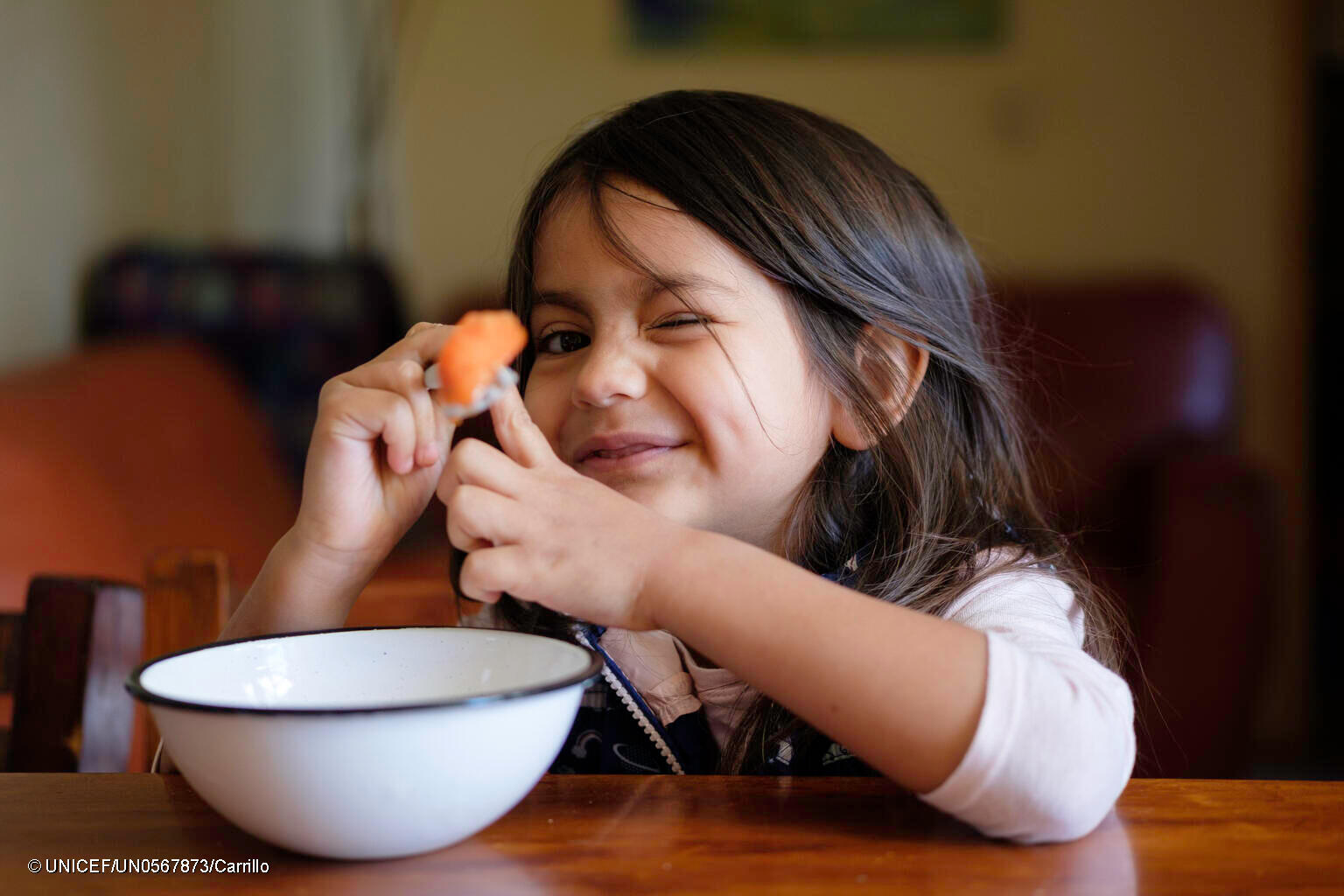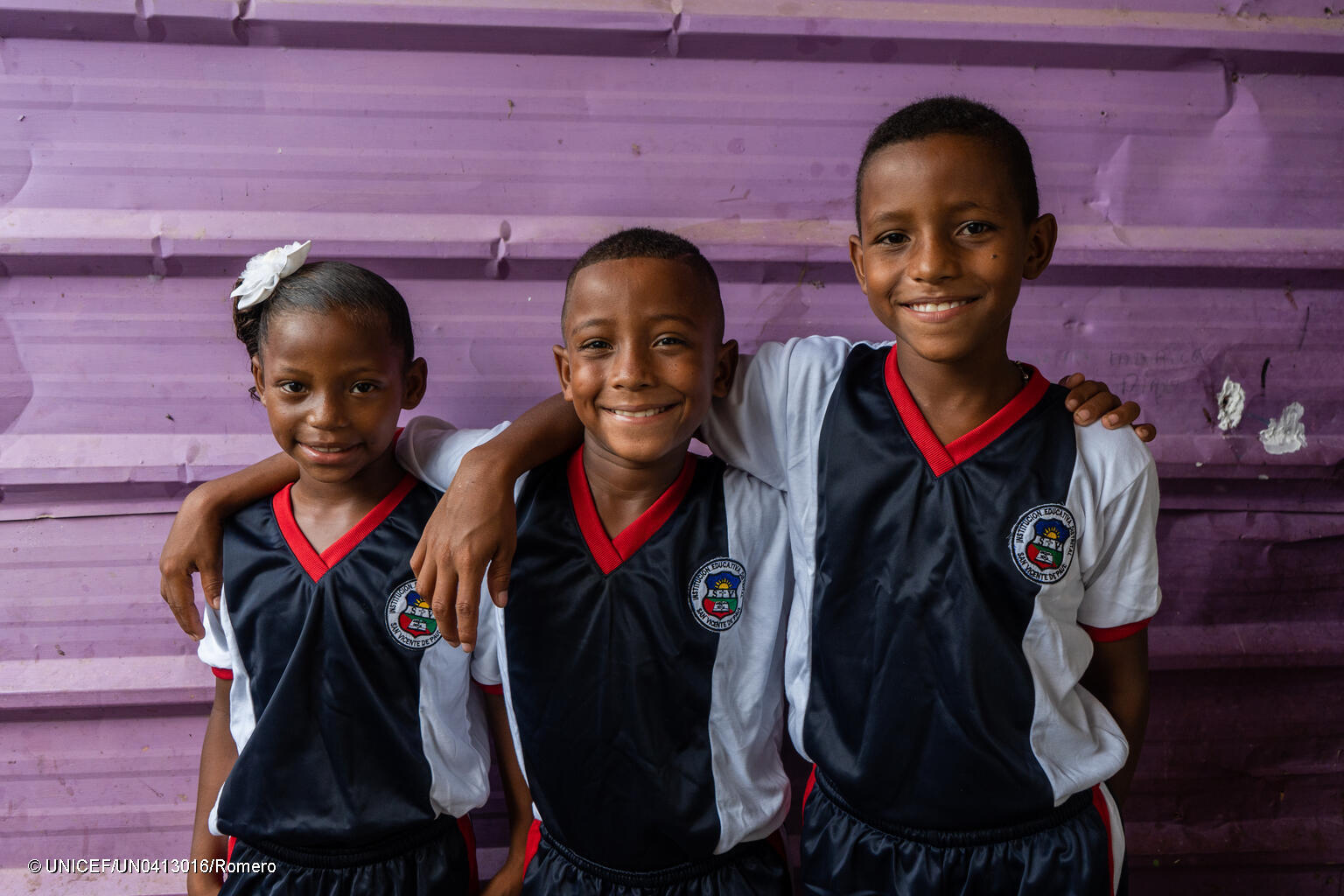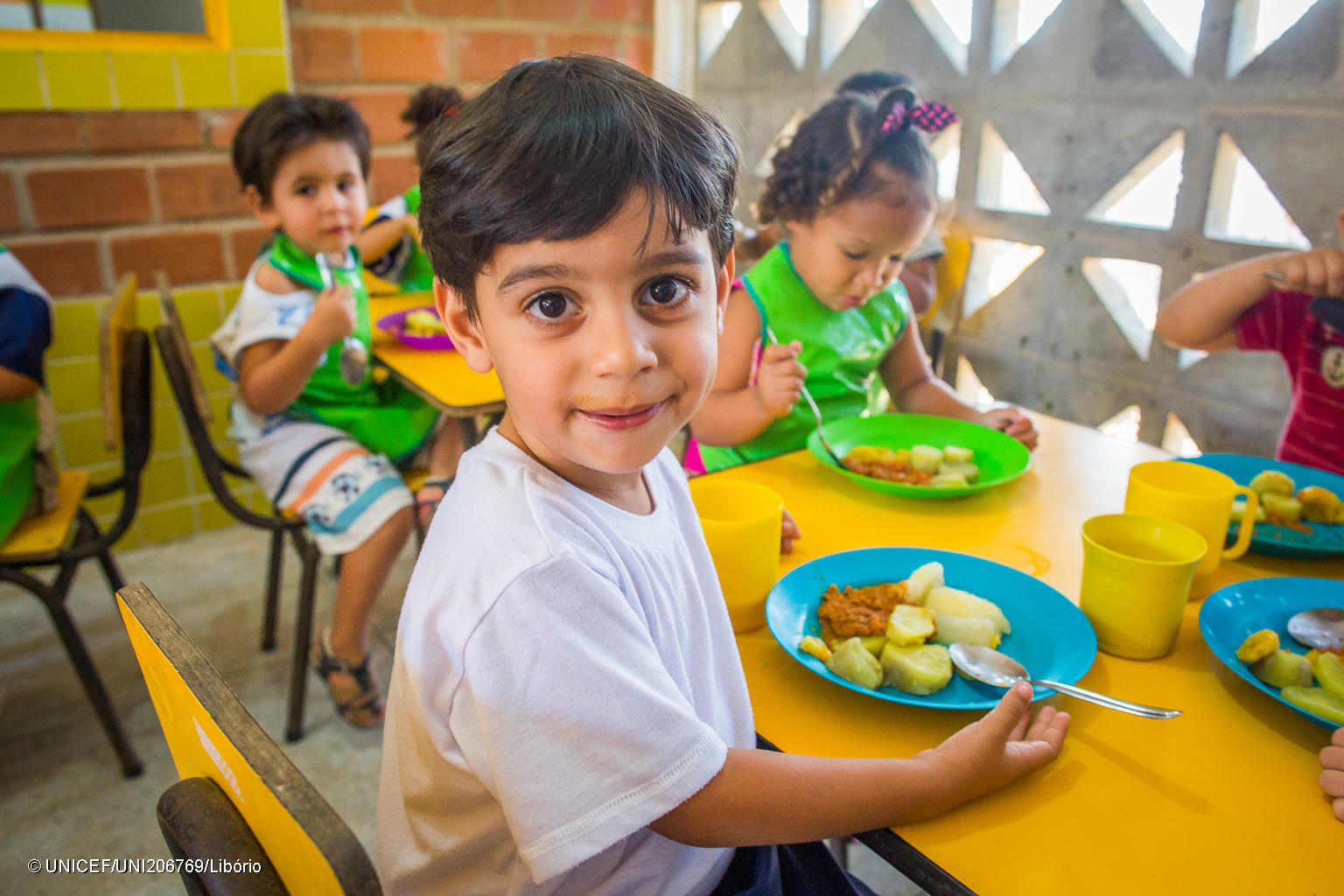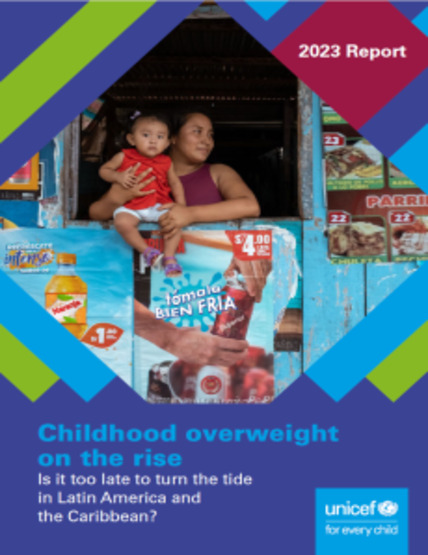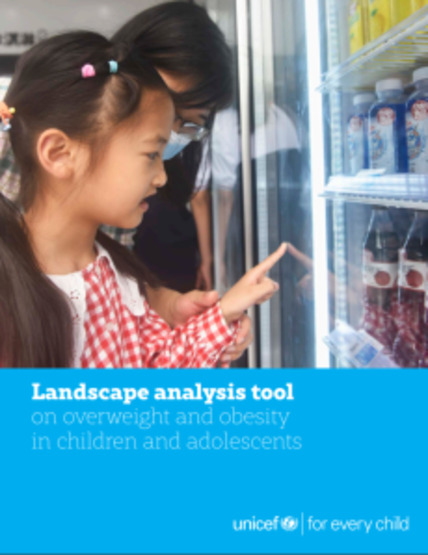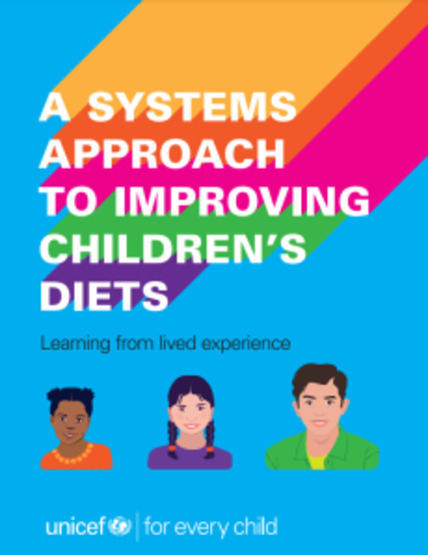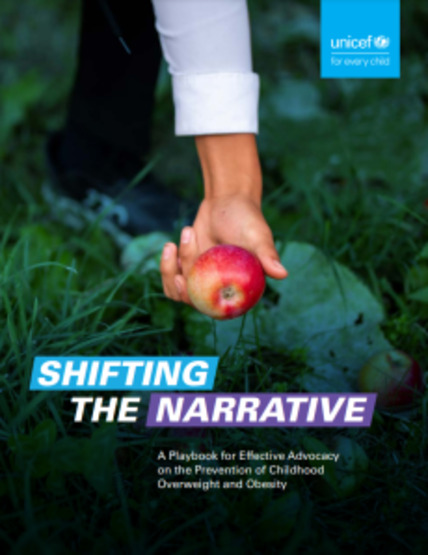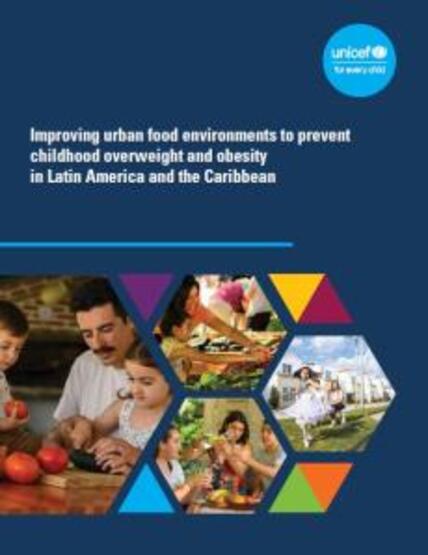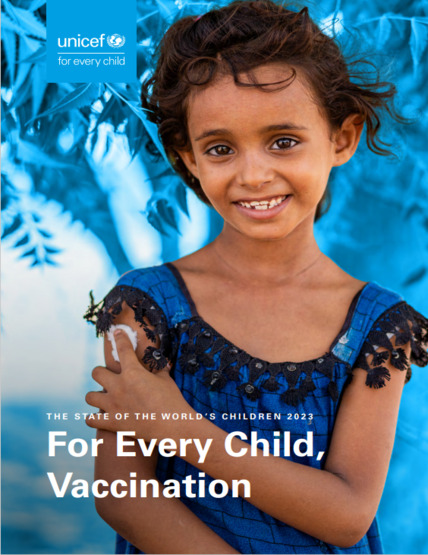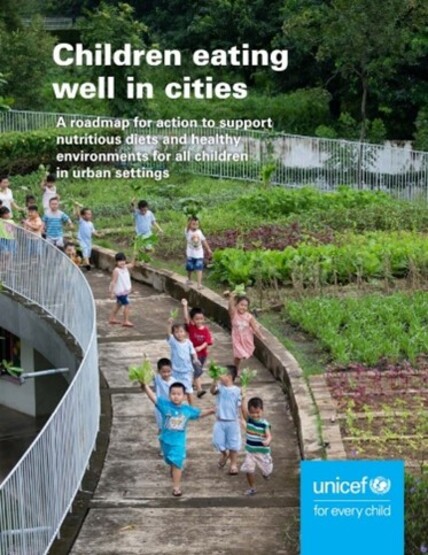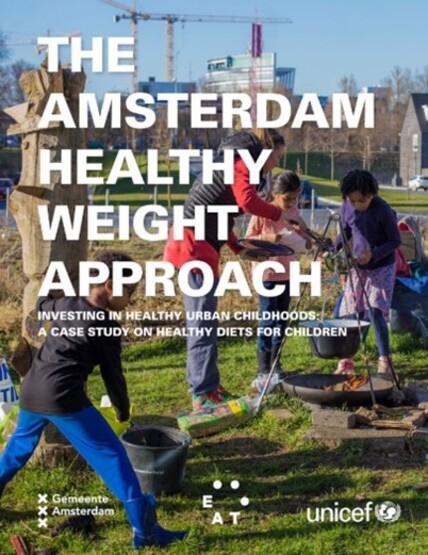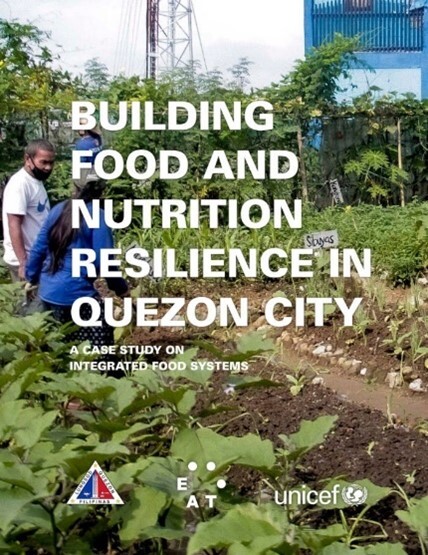Since 2019, the Novo Nordisk and UNICEF partnership has led the way towards solutions and systemic change to build nutritious and healthy environments for children.
The work includes generating evidence, strengthening supportive policies and scaling up local actions so that more children can eat well and be active.
The partnership is focused on Latin America, the Caribbean and the East Asia and Pacific region with Mexico, Colombia, Brazil and Indonesia as flagship countries for programmatic activities.
To make healthier food choices, children need supportive environments and appropriate knowledge and tools. For example, in Indonesia, UNICEF’s pilot program teaches kids about nutrition and healthy lifestyles through playful education sessions in schools.
Protecting children from aggressive marketing of unhealthy food and beverages is an important step towards creating healthier childhoods. For example, in Mexico, the partnership contributed to the introduction of new regulations to stop the use of cartoons, animations, celebrities, athletes and brand mascots in food and beverage marketing.
Creating healthier environments for children includes ensuring better spaces for play and physical activity. The partnership is expanding its efforts in this area, as part of its broader aim to encourage more children to be active. For example, in Brazil the partnership is working to introduce more physical activity in early education centres across seven cities.
Children’s health must be advocated to decision-makers to create impact. Our partnership’s work so far has supported governments in countries including Colombia and Mexico to improve their national food and nutrition policies.
Our partnership supports local interventions to make a positive impact on local communities. For example, in Colombia, Territorial Prevention Networks are uniting local policy makers, HCPs, and caregivers to promote healthy living for children in vulnerable communities.
